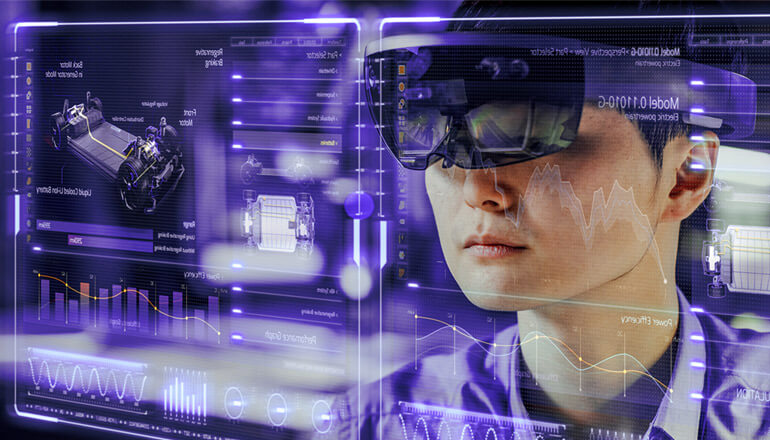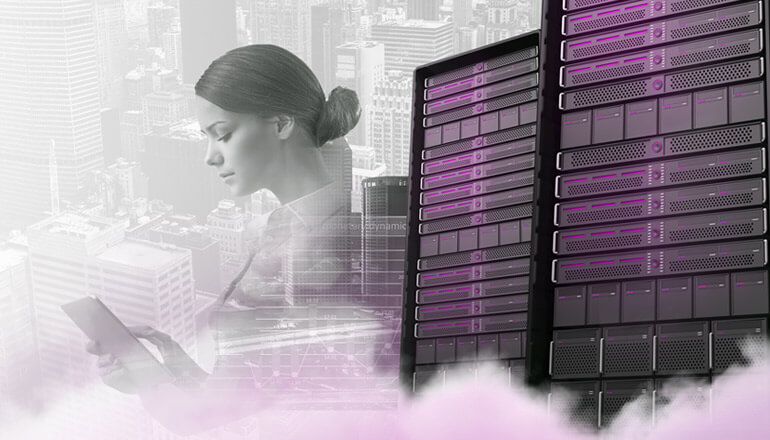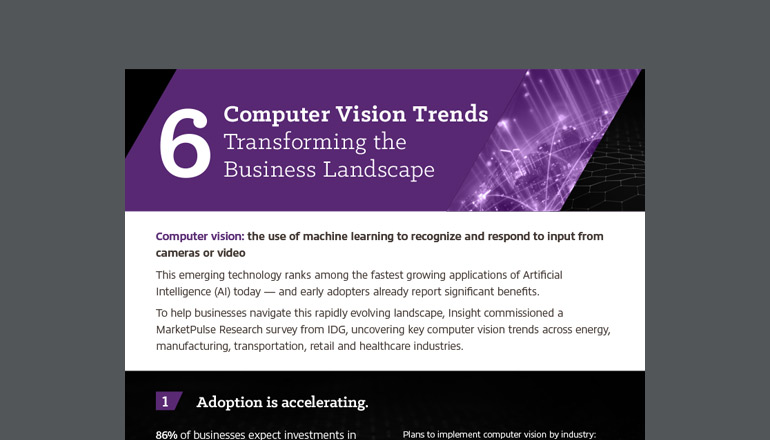Tech Journal Why Smart Cities Are Safer Cities Thanks to Real-Time Data and AI
By Sandeep Sinha / 15 Jun 2021 / Topics: Artificial Intelligence (AI) Digital transformation Analytics Networking
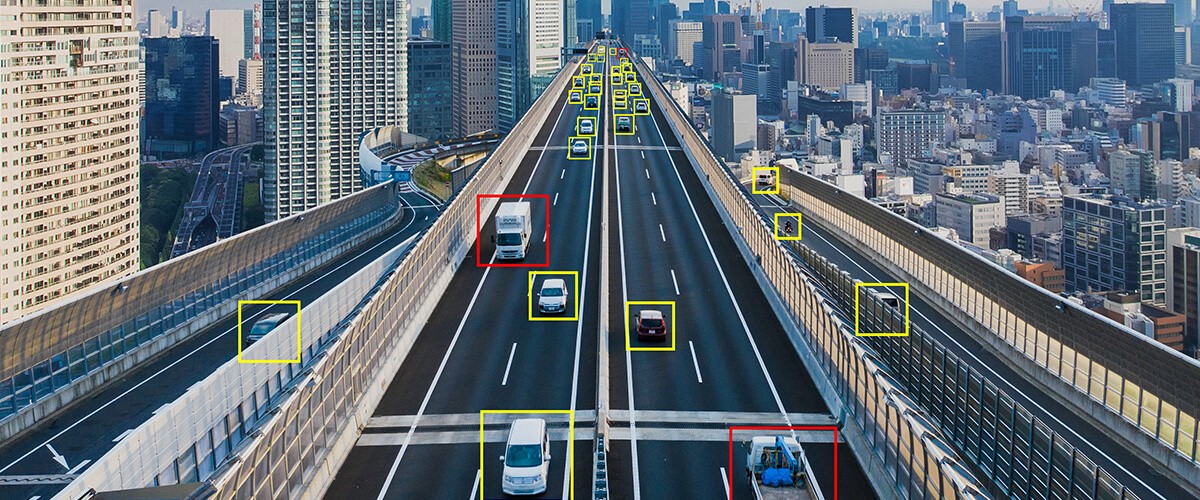
Innovations in data and Artificial Intelligence (AI) streamline public safety processes while strengthening community collaboration and transparency.
When communities expand broadband access, they also lay a foundation for agencies to pursue digital transformation efforts that reshape how they serve the public. Smart city technologies improve communication, streamline routine processes and foster safer spaces — three objectives that law enforcement agencies are working hard to realize.
Reimagining public safety as a proactive effort to create healthier, stronger communities requires technologies and processes that enable flexibility. That flexibility is supported by faster, more accurate data analysis, powered by AI solutions. Intelligent technology helps public safety organizations gain a holistic understanding of their cities, deepen public confidence and strengthen community connections.
Intelligent technology helps public safety organizations gain a holistic understanding of their cities, deepen public confidence and strengthen community connections.
Smart city technology
At law enforcement offices in smart cities, the Real-Time Response Center (RTRC) functions as a central hub for protecting the public. Companies such as Insight, Genetec, Intel and Microsoft, are working together to build on existing public safety IT infrastructure and develop cloud-based solutions. The RTRC is fed data from computer-aided solutions, and aggregate intelligence is shown on large-screen video displays. This information is augmented by data from tools such as cameras, traffic sensors and gunshot detectors.
When a 911 call comes in, the system analyzes it to ensure that it’s immediately routed to the correct response team. At the same time, the dispatcher receives relevant data pulled in from on-the-ground resources and historical records, giving responding officers the exact information they need to make an informed decision. And, the system identifies the field resources closest to the caller’s location to ensure a rapid response grounded in situational awareness.
Intelligent software can also enable immediate, automated responses to activity in a given area, even before a call reaches dispatch. In some smart cities, if sensors pick up the sound of a gunshot, lighting in the surrounding area will automatically become brighter, and staff resources in the vicinity will receive notifications.
Data and AI aren’t just helpful in real-time response; they’re also reshaping long-term public safety processes, including those related to paperwork. Field officers can file reports from anywhere, and that flexibility allows them to spend less time in the office and more time interacting with citizens and building a deeper understanding of their needs.
Data and AI aren't just helpful in real-time response; they’re also reshaping longer-term public safety processes.
As Kirk Arthur, senior director for business development in worldwide public safety and justice at Microsoft, notes, these technological developments allow agencies to “reduce response times, obtain better actionable information before arriving on scene and limit the adverse impact of an incident.”
Another example of long-term process shifts is crime analysis, which often depends on multiple, complex databases. In the past, sifting through all this in-depth information could take a significant — but necessary — amount of time. Now, innovative analytics tools can draw in all the relevant data from those disparate streams. This allows analysts faster access to the information they need to draw accurate connections and reduce future risks to public safety.
And, it’s not only public safety agency workers who benefit from greater visibility into incident data. The community also has much to gain when public safety agencies share intelligently collected information with them. Receiving direct, objective and rapid communications builds trust in public safety efforts and equips citizens with information that can inform how they navigate events, spaces and transit systems.
Along with reshaping law enforcement practices, smart safety technologies can also aid in environmental monitoring, emergency management and other situations that benefit from real-time intelligence, appropriate agency responses and rapid public communications.
Three key outcomes
Realizing the full safety potential of smart cities requires innovative, scalable tools, but more importantly, it requires a community-first philosophy. Keep these three fundamental outcomes in mind:
1. Intelligence
Modern data solutions offer the capacity to collect large volumes of information from disparate sources in real time. From cameras to sensors to citizen reports, smart technology pulls in signals from a wide array of sources, located across cities that are growing in both spatial footprint and population size.
But, in order to create a truly intelligent system, local agencies need the ability to transform this new wealth of data into actionable insights. AI accelerates the journey from information to action, equipping those who serve the public with the knowledge they need to understand the community’s most urgent challenges, and react to them swiftly and appropriately. By not only accelerating response times but also ensuring that responses align to citizens’ needs, smart cities make it easier to protect neighborhoods and the people who live within them.
From cameras to sensors to citizen reports, smart technology pulls in signals from a wide array of sources, located across cities that are growing in both spatial footprint and population size.
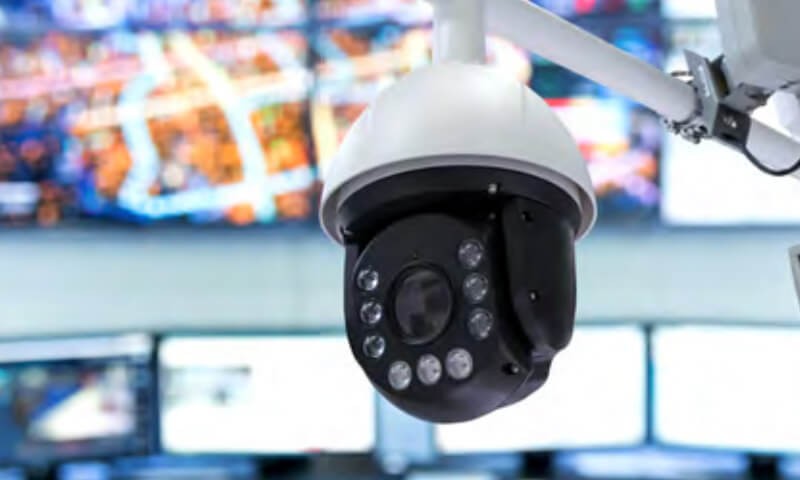
2. Transparency
While implementing the right technologies is key to creating safe, smart cities, ensuring the success of data and AI systems requires community trust. People often feel apprehensive about tools such as cameras and sensors being installed in their neighborhoods. However, communications about what types of data local agencies plan to collect, what practices they’ll use to collect it and how that information will drive decision-making provide a clear, open response to those concerns.
That means that agencies must have robust data policies and procedures in place before smart city technologies go live. Such protocols create a clear baseline that both agencies and citizens can operate from as they learn to engage with smart solutions. And, that fundamental transparency paves the way for improved communication down the line, especially as communities see the safety impact of these technologies.
3. Collaboration
Public safety isn’t a top-down hierarchy; it’s a collective effort that prioritizes the needs of the community and depends on strong relationships. Smart technology supports those relationships by offering a fuller picture of the issues citizens face and the changes they’d like to see in their neighborhoods.
Deeper, richer visibility provides unexpected insights that can provide a starting point for communities and law enforcement agencies to collaborate on creating successful enrichment efforts, such as outreach programs. It also simplifies collaboration between law enforcement and other areas of city government, including public health agencies, social services and school districts.
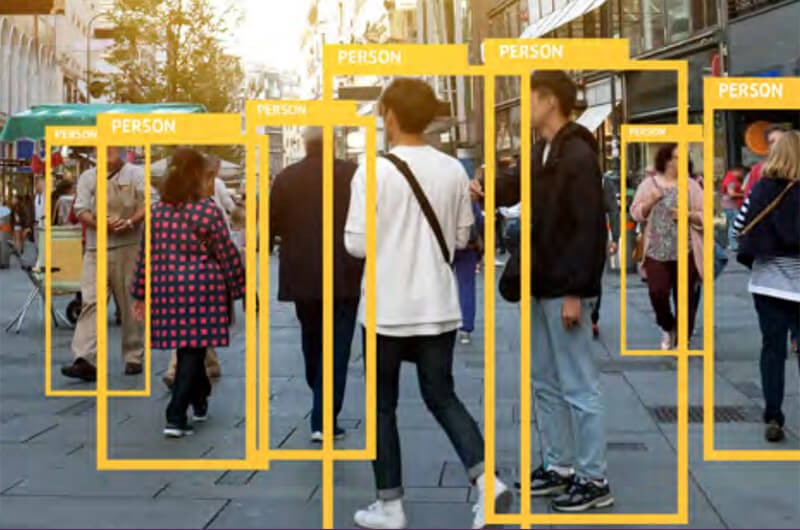
Public safety isn’t a top-down hierarchy; it’s a collective effort that prioritizes the needs of the community and depends on strong relationships.
What’s next for smart cities?
The role of law enforcement is shifting, and innovative technology helps make transformation possible through better data and streamlined processes. In the next several years, public safety technology in the United States is poised to make the largest seismic change since the adoption of 911 in 1968 — and those changes will spark an evolution in the way that public safety agencies serve and protect the public.
But, innovative technology will only go so far without a community-first philosophy. Technology adoption is important not for the sake of innovation, but because it allows agencies to meet citizens where they are in an increasingly digital world. By centering intelligence, transparency and collaboration in digital transformation efforts, local governments can create smart cities that are also safe cities, built on a foundation of trust and flexibility.



